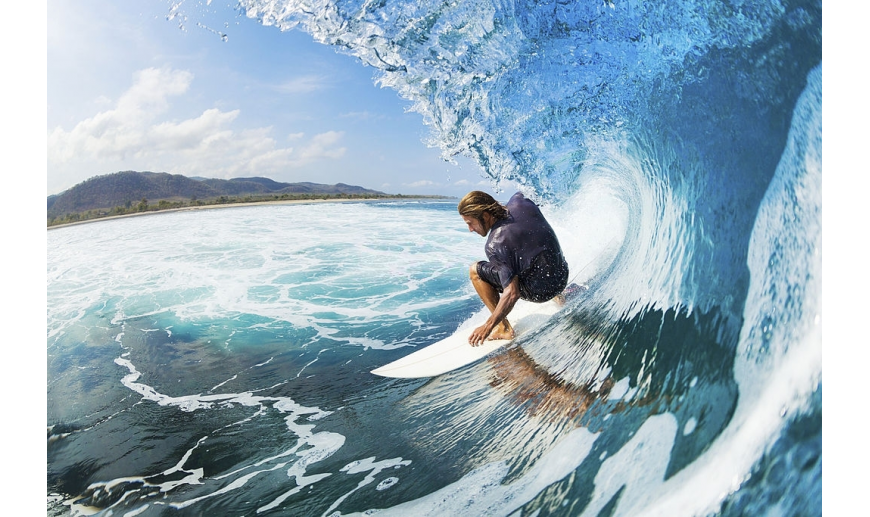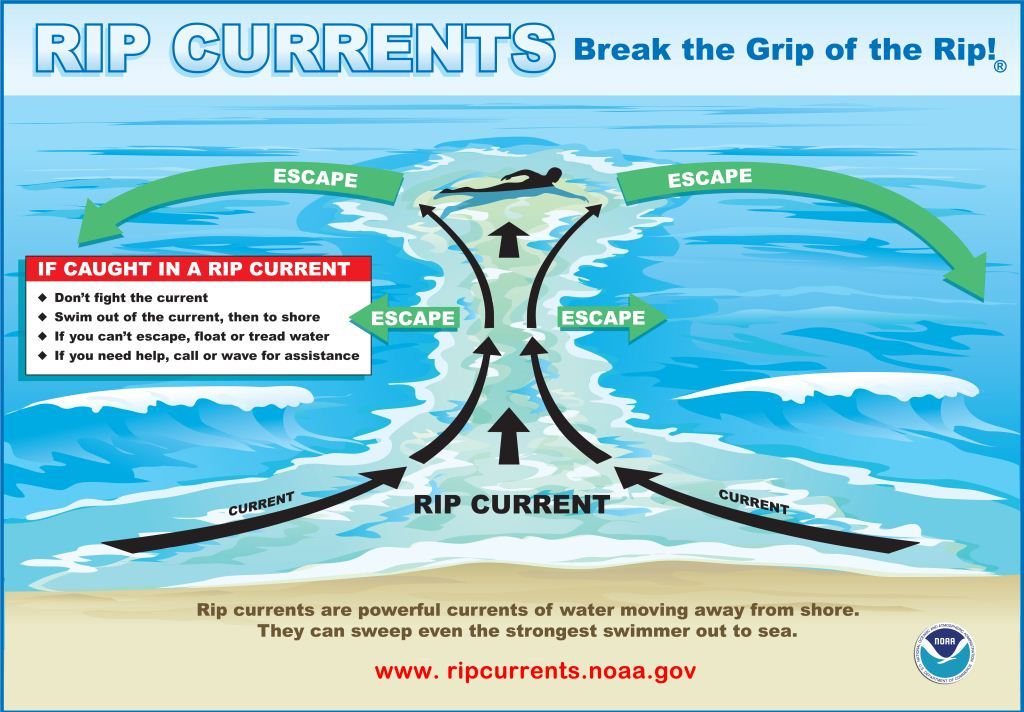5 steps to start surfing the best way

5 steps to start surfing the best way
Surfing is one of the trendy sports you are proud to tell your friends about… but you can very easily make a fool of yourself ! Let's go through some Quick tips to get you the best experience in the water…whilst not looking like a “KOOK” (surf expression that usually refers to an inexperienced surfer who is unaware of surfing etiquette, a newbie who handles his equipment awkwardly)
Before we start, remember anyone who is diligent, motivated and knows how to swim can learn to surf.
1) How to choose your board and wetsuit?
-
Choosing the wrong board or wetsuit is the best way to sabotage your session.
As a beginner, even though it is tempting to go for a beautiful instragamable surfboard, it takes
experience and it won’t maximize your progression… you don’t learn to drive in a Ferrari.
-
The size of the board : Starting with a foam board with lots of volume is your best choice. A surfboard that is easy to paddle and stable will help you to learn quickly how to take-off. Aim for a size between 7’0 and 8’7(ft), depending on your size, weight, physical condition.
-
The longer and wider the board the more volume making the board very stable. Conversely, the shorter and narrower the more maneuverability but harder !
Once your first waves are successful and you have mastered the take-off, it is preferable to move on to a voluminous epoxy board. A mini Malibu is perfect, making it easier to ride the shoulder of the wave (unbroken wave face) .
-
Your wetsuit : Depending on the water temperature the wetsuit thickness will vary.
During summer in the south of France (Landes, Côte basque) the water temperature will go from 16°C to 22°C. We recommend taking a 3/2 in thickness and a shorty if you want a nice surf tan!
For the wetsuit, there is nothing better than to try it on and go to a rental shop or a specialized store.
-
DON’T FORGET TO : grab some wax to not slide off the board + TIP : never let your leash drag on the beach take it in your hands.
2 ) How to understand a surf forecast ?
-
The surfer’s greatest ally.
The weather is the best friend, but also the worst enemy of the surfer. Start looking at websites such as Windguru (one of the best ocean forecasting websites) and find out the best conditions for where you are.
The 3 main components of a good surf session :
-
Size of the waves : as a beginner it doesn’t really affect you since you will surf broken waves so don't hesitate to always go in the water in any condition at low tide (high tide is often dangerous) to learn how to do your take off. The more you practice, the faster you will learn, so you should go whenever you can! but as you progress and take unbroken waves look for small conditions <1M.
-
Wind : Let’s BREAK one of the biggest misconceptions of surfing. “Ow there is wind, waves must be good!” We’ve all heard this… IT IS NOT TRUE! waves are created thanks to the wind but miles and miles away from the coast. The less wind the more glassy conditions you will have!
-
Period: Expressed in seconds, it is the measure that determines the average time between each wave. A great analogy is throwing a rock in a lake as a child we all remember (maybe still now for you). This creates many little disorganized waves which are very close to each other and as they go further away the become more spaced and organized giving cleaner waves. Longer period cleaner waves (usually)
EACH SURF SESSION MAKES YOU A BETTER SURFER NO MATTER THE CONDITIONS! FORECAST MAY NOT BE ALWAYS ACCURATE SO GET OUT THERE AND HAVE FUN!
3) How to stay safe while surfing ?
-
Never surf alone. When you are a beginner, it is recommended that you never go in the water alone. The ocean is stronger than we are and having people around can save us in complicated situations. And if you do go in the water alone, tell the people around you with an idea of when you will return. This can save your life.
-
Watch out for the currents : having a great understanding of how currents work can make you much safer. A quick way to analyze the current as a beginner : spend some time on the beach (5 min at least) looking at the surfers to see if they drag in any particular direction or if they keep paddling in a certain direction to reposition themselves. example : if surfers drag to the right you should enter more on the left so by the time you get to the pic (for more experienced surfers) you will be at the right position.
4) How to not get hated by the local surfers ?
-
Priority rules

Surfing is a sport with rules to avoid accidents and more specifically collisions.
-
the most basic one: only one person per wave. It is important to know that the surfer who is launched on the wave, has priority.
-
If someone is already surfing the wave, it is forbidden to paddle. If no one is standing, the one closest to the foam or peak of the wave has priority to catch the wave.
-
Do not catch a wave if someone is in front of you and you will most likely hit him/her.
Surfing can be an overwhelming sport at the beginning so for your safety and the safety of others do your best to check those rules before paddling for a wave!
5) How to progress really fast ?
-
Take surfing lessons
-
With an instructor, you will have an accelerated progression in complete safety. It is even possible when you have an intermediate or confirmed level to have a surfing guide to access the best spots in a region you don't know.
-
Without forgetting that as for skateboarding or snowboarding, surfing is practiced in profile, with one foot in front of the other. You have to know which foot to put in front of the board. In order not to stay at beginner status for long, take a few hours of surfing lessons to know your front foot, to perfect your basics and to not learn those bad habits that are hard to let go of.
-
Quick way of finding out your front foot : stand with your feet next to each other and get someone to push you from behind, the first foot that you will take support with is usually your front foot.
Good surf,
Marty






